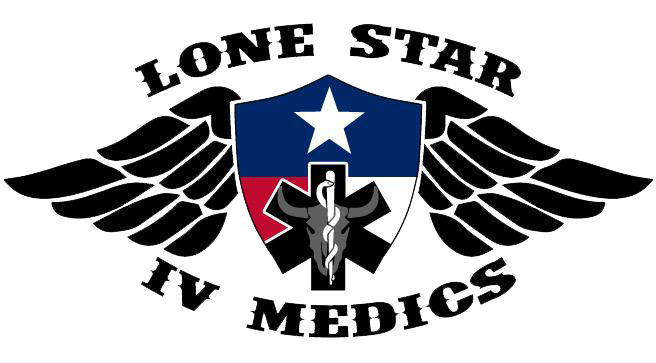
Insurance eligibility and benefit verification has long been a cornerstone of healthcare operations. Yet for many providers, the traditional manual process remains a source of inefficiency and frustration. Time-consuming, error-prone, and administratively taxing, manual verification often hampers practices’ ability to collect accurate payments upfront — a critical step in creating financial stability and improving the patient experience.
The challenges of manual verification
For healthcare providers, manual insurance verification poses a significant burden. Each verification takes an average of 12 minutes per patient and involves tasks that are highly susceptible to data entry errors. Mistakes in policy numbers, coverage details, or plan specifics can result in denied or delayed claims, which not only disrupt practice operations but also lead to patient dissatisfaction when unexpected charges arise.
According to a recent survey by Experian, three out of four providers reported an increase in claim denials, with 45% attributed to missing or inaccurate information collected during intake — issues that manual processes often fail to address effectively. Although these mistakes can eventually be resolved, the time and effort required to correct them divert staff attention from other more important tasks.
Perhaps most concerning is how these inefficiencies affect payment collection. The longer it takes to secure payment, the less likely it is that the practice will collect the full amount owed. This dynamic puts added pressure on staff to chase payments after a patient visit — a process that can strain resources and create friction between patients and providers.
Shifting the focus to pre-visit payments
The advent of automated eligibility and benefit verification tools offers a way to not only streamline operations but also redefine how and when payments are collected. By running real-time checks against insurance databases, these tools provide accurate and actionable coverage details ahead of each patient visit.
This proactive approach is particularly impactful for pre-visit payment collection. With validated insurance information, practices can calculate an up-to-date and accurate patient financial responsibility — such as co-pays or pre-visit amounts tied to high-deductible plans—and request payment before a patient even steps foot in the office. By shifting collections earlier in the patient journey, practices eliminate bottlenecks at check-in, reduce the administrative workload for staff, and significantly lower the risk of missed payments.
Accuracy and efficiency through automation
One of the most significant advantages of automated insurance verification tools is their ability to minimize errors while streamlining the entire pre-visit payment process. By eliminating the manual entry of complex insurance details, practices can significantly improve accuracy and reduce denied claims. Automated systems flag discrepancies or missing information in real time, enabling staff to address issues proactively rather than reactively. For example, if an eligibility check is rejected due to outdated or incorrect insurance details, automation tools allow staff to quickly resolve the issue, often leveraging features like two-way texting with patients to update and verify information.
More comprehensive automated systems take this precision a step further by integrating eligibility verification with payment workflows. These tools not only verify insurance coverage and calculate co-pay amounts in real time but also capture payments directly through patient portals or secure communication channels. If a co-pay amount requires clarification or adjustment, staff can quickly review a detailed breakdown of the patient’s coverage options and make necessary updates before finalizing and processing the payment.
The broader impact on patient and staff satisfaction
The operational benefits of automated eligibility and payment workflows are clear, but its impact on people — both patients and staff — may be even more profound.
Patients value the clarity and convenience of knowing their financial responsibilities upfront, eliminating the frustration of surprise bills or delayed charges. This transparent approach caters to today’s healthcare consumers, who increasingly expect control and simplicity in their interactions with providers. A seamless, self-service payment process allows patients to manage payments on their own schedule, reducing stress and fostering trust in their provider.
Equally important, the pre-visit payment process often serves as a patient’s first interaction with a practice. A smooth and efficient experience signals that the practice values their time and is committed to delivering modern, patient-centered care. By optimizing these early touchpoints, practices can establish trust and confidence from the outset, building the foundation for a long-lasting relationship.
Staff, meanwhile, benefit from a reduced administrative workload. Automating time-intensive tasks like eligibility verification allows them to spend more time on meaningful interactions with patients and other high-priority tasks that contribute to practice growth. This improved efficiency also reduces workplace stress, creating a more positive environment for both employees and patients.
As healthcare continues to evolve, adopting technology that simplifies processes and builds trust will be essential for staying competitive. Practices that embrace this approach now will be better prepared to meet the challenges of tomorrow, delivering care that is not only effective but also financially sustainable.
Photo: sorbetto, Getty Images
Gary Hamilton has led InteliChart since its inception in 2010. He brings a wealth of clinical and technical expertise associated with consumer-patient engagement and provider practice operations. Gary drives corporate strategy, product innovation, and direction toward one common objective: to enable providers to successfully engage and empower their patients to attain positive outcomes. Over the years, Gary's work has led to the evolution of InteliChart's Patient Portal into a full platform of engagement solutions that address automated patient scheduling, appointment reminders, digital intake, telehealth, patient feedback, and population health initiatives. Prior to InteliChart, Gary held leadership positions with Integrated Healthcare Solutions and Atlantic Healthcare Management.
This post appears through the MedCity Influencers program. Anyone can publish their perspective on business and innovation in healthcare on MedCity News through MedCity Influencers. Click here to find out how.










